Imagine I plot this toy data:
lev <- c("A", "B", "C", "D")
nodes <- data.frame(ord=c(1,1,1,2,2,3,3,4), brand=
factor(c("A", "B", "C","B", "C","D", "B","D"), levels=lev),
thick=c(16,9,9,16,4,1,4,1))
edge <- data.frame(ord1=c(1,1,2,3), brand1=factor(c("C","A","B","B"),
levels=lev),ord2=c(2,2,3,4), brand2=c("C","B","B","D"),
N1=c(2,1,2,1), N2=c(5,5,2,1))
ggplot() +
geom_point(data = nodes,
aes(x = ord, y = brand, size = sqrt(thick)),
color = "black", shape = 16, show.legend = T) +
scale_x_continuous(limits=c(1, 4), breaks=seq(0,4,1),
minor_breaks = NULL) +
geom_segment(data = edge,
aes(x = ord1, y = brand1, xend = ord2, yend = brand2),
color = "blue", size = edge$N2/edge$N1) +
ylim(lev) +
theme_bw()
I would like to add another legend (below the nodes) relating the width of the segments and N2/N1.
PD: Following some of your suggestions...
ggplot() +
geom_segment(data = edge,
aes(x = ord1, y = brand1, xend = ord2, yend = brand2, size = N2/N1),
color = "blue", show.legend = T) +
geom_point(data = nodes,
aes(x = ord, y = brand, size = thick),
color = "black", shape = 16, show.legend = T) +
scale_x_continuous(limits = c(1, 4), breaks = 0:4,
minor_breaks = NULL) +
scale_size_continuous(trans = "sqrt", breaks = c(1,4,9,16)) +
ylim(lev) + theme_bw()
I got the legend but it overlaps with the other one.
I can try using colors instead of widths:
ggplot()+ geom_segment(data=edge, aes(x=ord1, y=brand1, xend=ord2, yend=brand2, alpha=N2/N1) , size=1 ,show.legend = T) +
geom_point(data=nodes,aes(x=ord, y=brand, size=thick), color="black", shape=16,show.legend = T) +
scale_x_continuous(limits=c(1, 4), breaks=seq(0,4,1), minor_breaks = NULL) + scale_size_continuous(trans = "sqrt", breaks=c(1,4,9,16)) +
ylim(lev) + theme_bw()
Though I prefer the original approach with widths because in my real plot I'll have many lines crossing.
PD: Any solution with lattice or any alternative able to be exported as svg or vectorial pdf?
PD2: I've found another problem, thin points aren't scaled properly and sometimes is impossible to force ggplot to show a proper legend: How can I force ggplot to show more levels on the legend?





